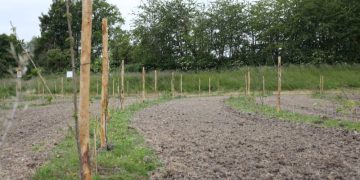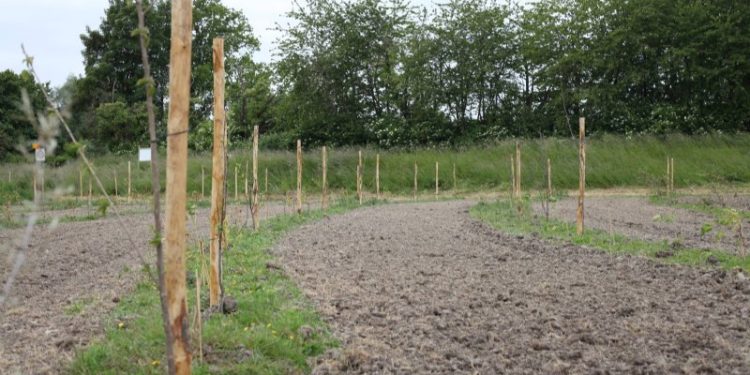his article explores the potential knowledge transfer between conventional fruit farming practices and the emerging concept of food forests. By examining the latest data from various sources, including a recent article on Nieuwe Oogst published on June 13, 2023, we delve into the principles and benefits of food forests and highlight valuable lessons that farmers, agronomists, agricultural engineers, farm owners, and scientists can draw from this sustainable and biodiverse farming approach.
In the realm of agriculture, the concept of food forests is gaining traction as an innovative and sustainable approach to cultivating edible landscapes. According to a recent article on Nieuwe Oogst, dated June 13, 2023, conventional fruit farmers have the opportunity to learn from the principles and practices employed in food forests and potentially enhance their own farming methods.
Food forests are designed to mimic the structure and function of natural forests, incorporating a diverse range of plants and trees, including fruit-bearing species, in a multi-layered and mutually supportive ecosystem. By emulating natural systems, food forests offer numerous benefits, such as increased biodiversity, enhanced soil health, improved water retention, and reduced reliance on synthetic inputs.
Conventional fruit farming, while productive and efficient, often relies on monoculture practices and intensive management techniques that can have negative environmental impacts. By exploring the principles of food forests, farmers can gain valuable insights into regenerative and ecologically balanced farming systems.
One key lesson conventional fruit farmers can learn from food forests is the importance of diversity. In food forests, a wide range of plant species is carefully selected to create beneficial relationships and synergies, resulting in a resilient and self-sustaining ecosystem. By incorporating a diverse mix of crops, cover crops, and beneficial companion plants, conventional fruit farmers can promote natural pest control, improve soil fertility, and reduce the risk of disease outbreaks.
Another valuable lesson from food forests is the emphasis on soil health and organic matter management. Food forests prioritize the use of organic and regenerative practices, such as mulching, composting, and minimal soil disturbance, to foster a thriving soil ecosystem. This approach promotes nutrient cycling, enhances water absorption and retention, and supports beneficial soil microorganisms. By adopting similar practices, conventional fruit farmers can improve soil structure, nutrient availability, and overall farm resilience.
Furthermore, the concept of ecosystem services in food forests can inspire conventional fruit farmers to consider the broader ecological context of their farms. Food forests provide habitat for beneficial insects, birds, and other wildlife, contributing to pollination, pest control, and biodiversity conservation. Integrating wildlife-friendly practices, such as creating hedgerows and preserving natural areas within or around fruit orchards, can help foster a more harmonious relationship between farming activities and the surrounding environment.
In conclusion, conventional fruit farmers have much to gain from the principles and practices employed in food forests. By embracing diversity, prioritizing soil health, and considering ecosystem services, farmers can enhance the sustainability, resilience, and environmental stewardship of their fruit farming operations. The wisdom gained from food forests can serve as a catalyst for innovation and inspire a more holistic approach to agriculture, benefiting both farmers and the planet.
Tags: agriculture, conventional fruit farming, food forests, sustainability, biodiversity, regenerative practices, ecosystem services, diversity, soil health, organic matter management, ecological context, wildlife-friendly practices, innovation, environmental stewardship.































